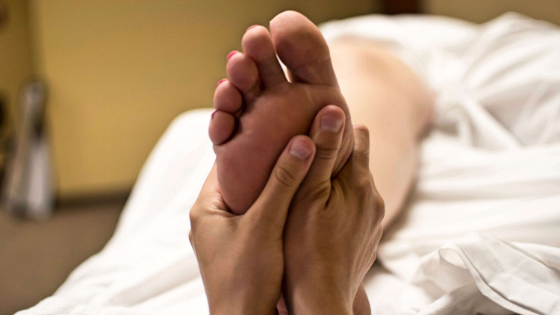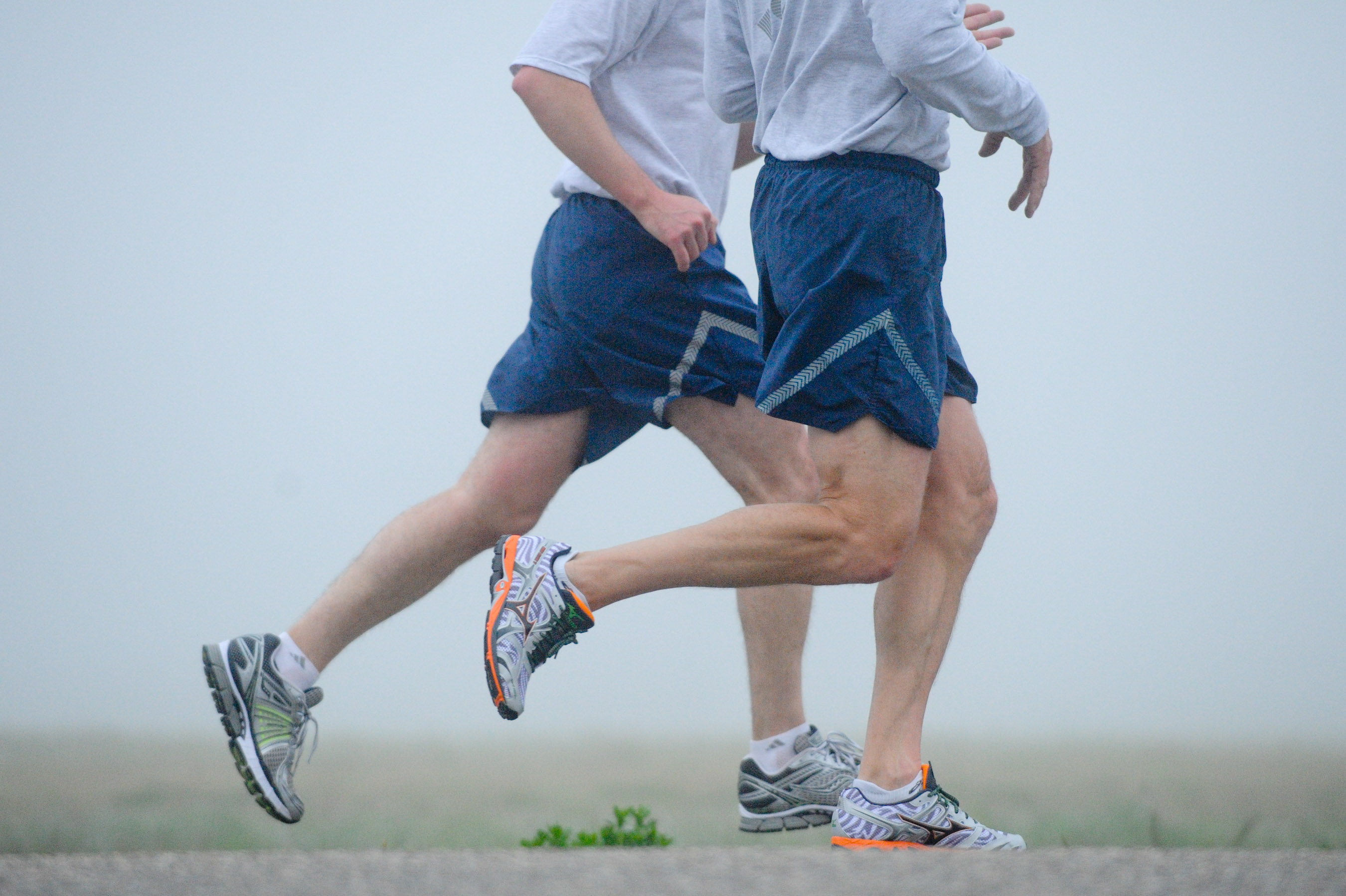Chronic pain and persistent injuries can be debilitating. Affecting not only physical well-being but also taking a toll on mental and emotional health. In the quest for effective treatment, myotherapy emerges as a beacon of hope, utilising evidence-based practices to provide a holistic approach to alleviate pain and promote healing. Discover how myotherapy can be an evidence based approach to treating chronic pain and injury.
Understanding Myotherapy
Myotherapy is a specialised form of physical therapy. It focuses on the assessment, treatment, and rehabilitation of musculoskeletal pain and dysfunction. Unlike conventional treatments that may only target symptoms, myotherapy delves deeper into the root causes of pain and injury. Emphasising a comprehensive and personalised approach to healing.
Evidence-Based Practice
At the core of myotherapy lies the commitment to evidence-based practice. This means that every therapeutic intervention is grounded in the latest scientific research and clinical evidence. Myotherapists undergo rigorous training. They stay abreast of developments in the field to ensure that their treatments are not only effective but also backed by solid scientific evidence.
Personalised Assessment
One of the key principles of myotherapy is the individualised assessment of each patient. Myotherapists take the time to understand the unique biomechanics, lifestyle, and medical history of the individual. This allows them to tailor treatment plans that address the specific needs and challenges of the patient.
Targeting Trigger Points, dermatomes and myotomes
Myotherapy often involves the identification and treatment of trigger points—localized areas of muscle tightness and discomfort. These trigger points can contribute to chronic pain and restricted movement. Through manual techniques such as massage, stretching, and pressure release, myotherapists work to alleviate tension, improve blood flow, and enhance the overall function of the musculoskeletal system.
Dermatomes and myotomes are terms used in anatomy to describe specific patterns of innervation in the human body. They play a crucial role in understanding the distribution of sensory and motor functions within the nervous system.

- Dermatomes:
- Definition: Dermatomes refer to specific regions of the skin that are innervated by a single spinal nerve.
- Distribution: Each spinal nerve exiting the spinal cord supplies sensation to a particular dermatome. These dermatomes are organized in a segmented pattern along the body, forming a map-like representation.
- Clinical Relevance: Dermatomes are clinically significant for diagnosing and localizing neurological issues. For instance, if a person experiences sensory abnormalities or pain in a specific dermatomal pattern, it can help healthcare professionals pinpoint the level of spinal nerve involvement or identify potential nerve-related issues, such as herniated discs.
- Myotomes:
- Definition: Myotomes refer to specific groups of muscles that are innervated by a single spinal nerve.
- Distribution: Similar to dermatomes, myotomes are also organized in a segmental pattern. Each spinal nerve supplies motor signals to specific muscles, allowing for coordinated movement.
- Clinical Relevance: Myotomes are crucial for assessing and diagnosing motor function. By testing the strength and movement of muscles associated with particular myotomes, healthcare professionals can identify nerve-related issues, such as nerve compression or damage. Myotome assessments are commonly used in neurological examinations to evaluate the integrity of the motor pathways.
Exercise Prescription
In addition to hands-on techniques, myotherapists prescribe specific exercises to strengthen weakened muscles, improve flexibility, and promote overall functional improvement. These exercises are carefully selected based on the individual’s condition and are an integral part of the holistic approach to long-term pain management.
Addressing Lifestyle Factors
Holistic healing extends beyond the treatment room. Myotherapists also work with patients to identify and address lifestyle factors that may contribute to chronic pain or injury. This may include ergonomic assessments, posture correction, and guidance on stress management techniques.
Collaboration with Other Health Professionals
Myotherapy recognises the interconnectedness of the body. It often involves collaboration with other healthcare professionals such as physiotherapists, personal trainers, and medical doctors. This multidisciplinary approach ensures that patients receive comprehensive care, with each specialist contributing their expertise to the overall well-being of the individual.
In the realm of chronic pain and injury, myotherapy stands out. Employing evidence-based practices and a holistic approach to promote healing from within. By combining personalised assessments, targeted trigger point treatments, exercise prescription, lifestyle adjustments, and collaboration with other health professionals. Myotherapy emerges as a powerful ally in the journey toward pain-free living. It’s not just about treating symptoms but about addressing the root causes, empowering individuals to reclaim their lives and rediscover the joy of pain-free movement.
ALM Remedial provides myotherapy to the Yarra Valley, Lilydale and Warburton areas.


